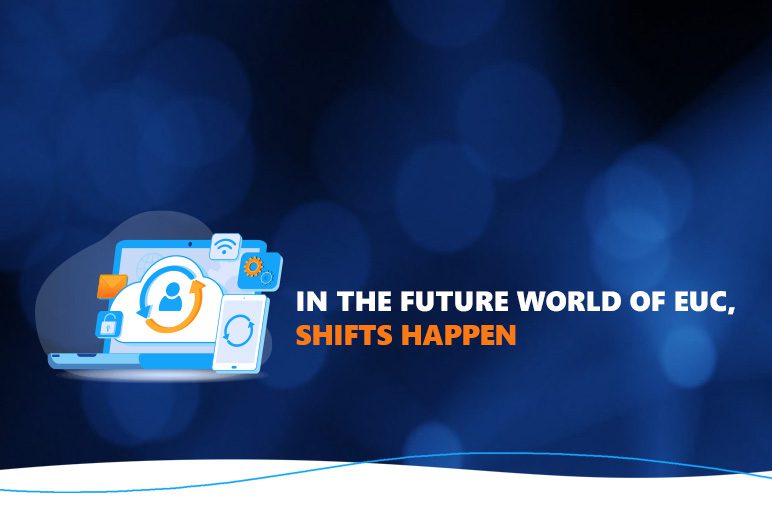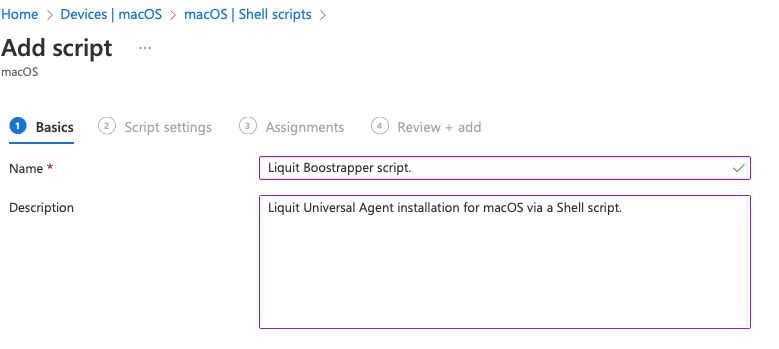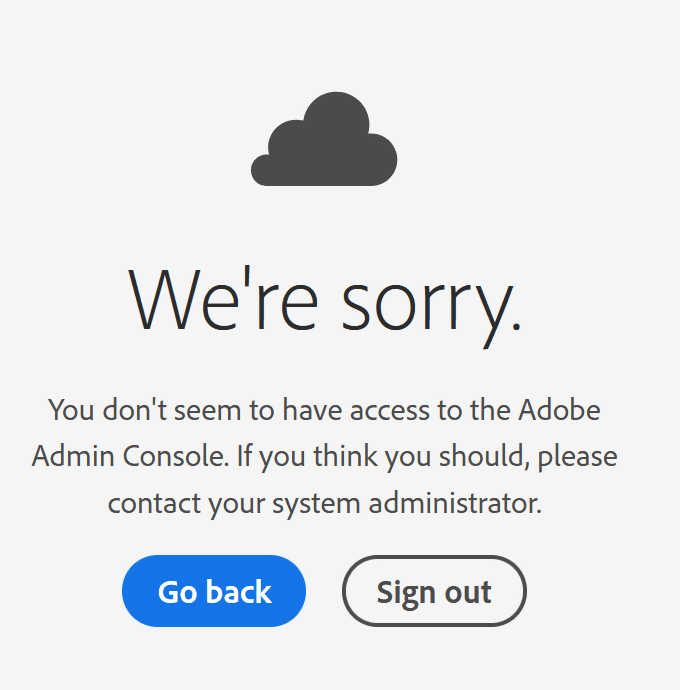Application Management and Patching
What to Make of the App-V End of Life?
So, let’s talk App-V.
The name itself either strikes satisfaction, terror, or nostalgia, depending on your experience with it. For years, delivering non-persistent virtual desktops using Citrix, VMware (Omnissa) Horizon, or AVD required a method to deliver applications that were fully formed yet not quite installed on your master images. This approach allowed Windows administrators to keep their heavily optimized, customized, and treasured Windows gold images in perfect condition without worrying about the haphazard way many apps installed themselves.
App-V takes the containerization approach by packaging all the components of an application into a proprietary format. It’s then possible to run the application in a safe sandbox on the machine, on-demand, with zero footprint on the OS. This is a big deal when delivering non-persistent desktops. It means that the base image is kept clean, and those applications can be updated out-of-band of the Windows image itself.
Why are We Talking about App-V’s End of Life?
Microsoft has hinted at the End of Life (EOL) of App-V for a while now, and there are plenty of reasons why they might want to retire it. App-V originally came from Softricity, a company Microsoft acquired in 2006 when “soft-gridding” applications was cutting-edge technology. But times change, and so has Microsoft’s approach to app delivery.
Microsoft has announced the end of App-V several times, and the latest EOL listed on their website is at the end of 2026, which is roughly 2 years away. This really isn’t much time to unpack and redeliver potentially thousands of applications across hundreds of thousands of enterprises.
What are the Alternatives?
For several years, Microsoft has been pushing its replacement for App-V, the groundbreaking MSIX format. MSIX takes the advantages that App-V provides and adds a more robust security and configuration environment around it.
However, there’s a perception in the industry that MSIX isn’t quite ready for prime time, especially when it comes to providing stateless apps to non-persistent desktops.
To counter this, Microsoft released App Attach as an innovative way to deliver applications to those Citrix, Horizon, or AVD desktops. It keeps all the benefits of an air-gapped app delivery solution without requiring a local install of applications. Originally titled ‘MSIX App Attach,’ Microsoft opened up the standard and enabled third-party solutions to integrate into their new ‘App Attach’ last year. This is fantastic news, but the big problem here is that all those enterprises still need to reformat those packages, even if the third-party tools have conversion capabilities built in. Those apps still need to be tested.
What’s the Solution?
We almost need a bridge between the world of App-V and newer alternatives, whether that’s new packaging technology or directly installing those apps on the always-persistent Windows 365, which is Microsoft’s clear direction.
Luckily, this week Microsoft provided the answer themselves: they are extending the life of App-V yet again.
This is a genius move. It provides time for the new App Attach capabilities to become more widely known and accepted. It also gives organizations more time to move to Windows 365 and manage their desktops and applications in the same way that they do with their physical PCs and laptops.
Planning for the Future
So, we now have a reprieve with more time to look at the application landscape and make strategic decisions that will offer application stability for at least the next few years.
Maybe the solution is to deliver App-V applications with App Attach. For others, it may be migrating to Windows 365 Cloud PC and delivering applications in a more native and less complex way.
Whatever the decision, Recast Software has the platform to help you make this move. Get in touch and we’ll show you how.


































